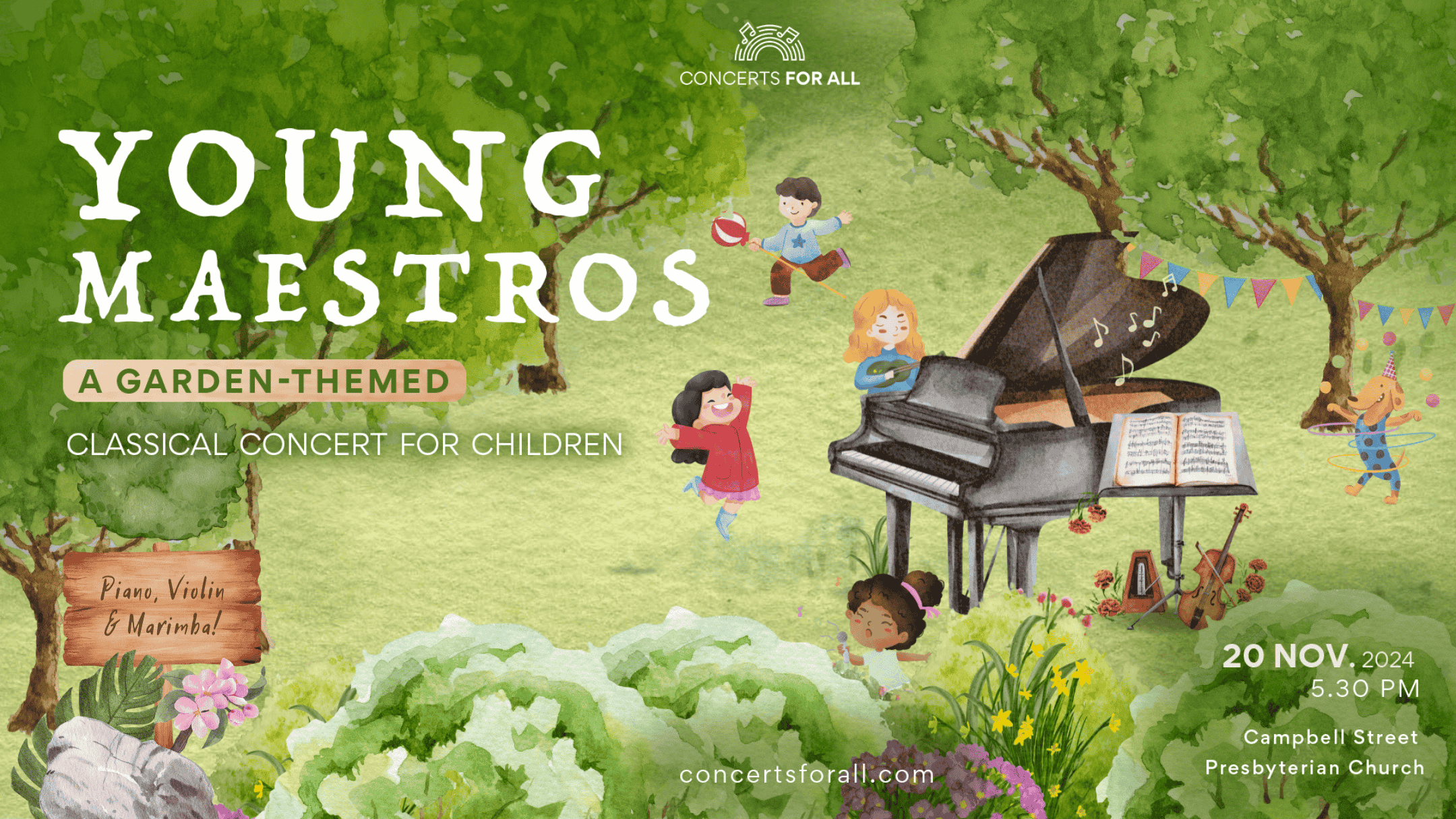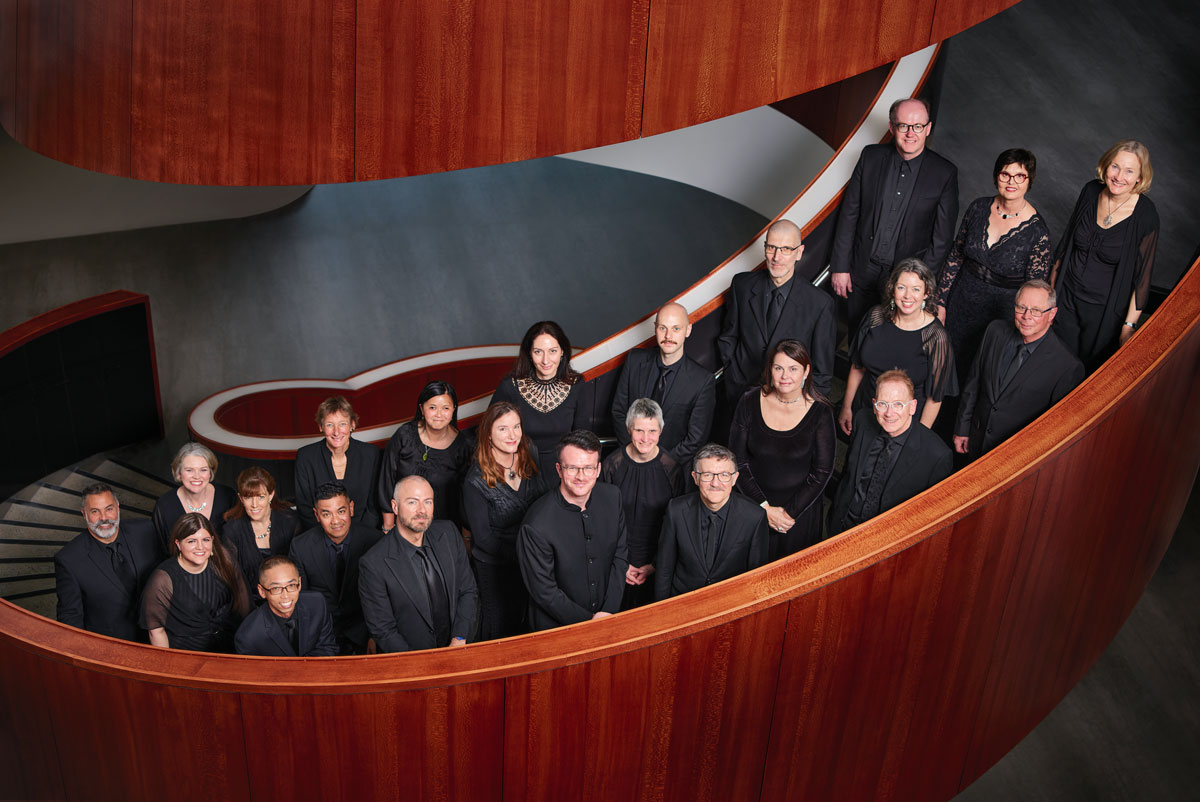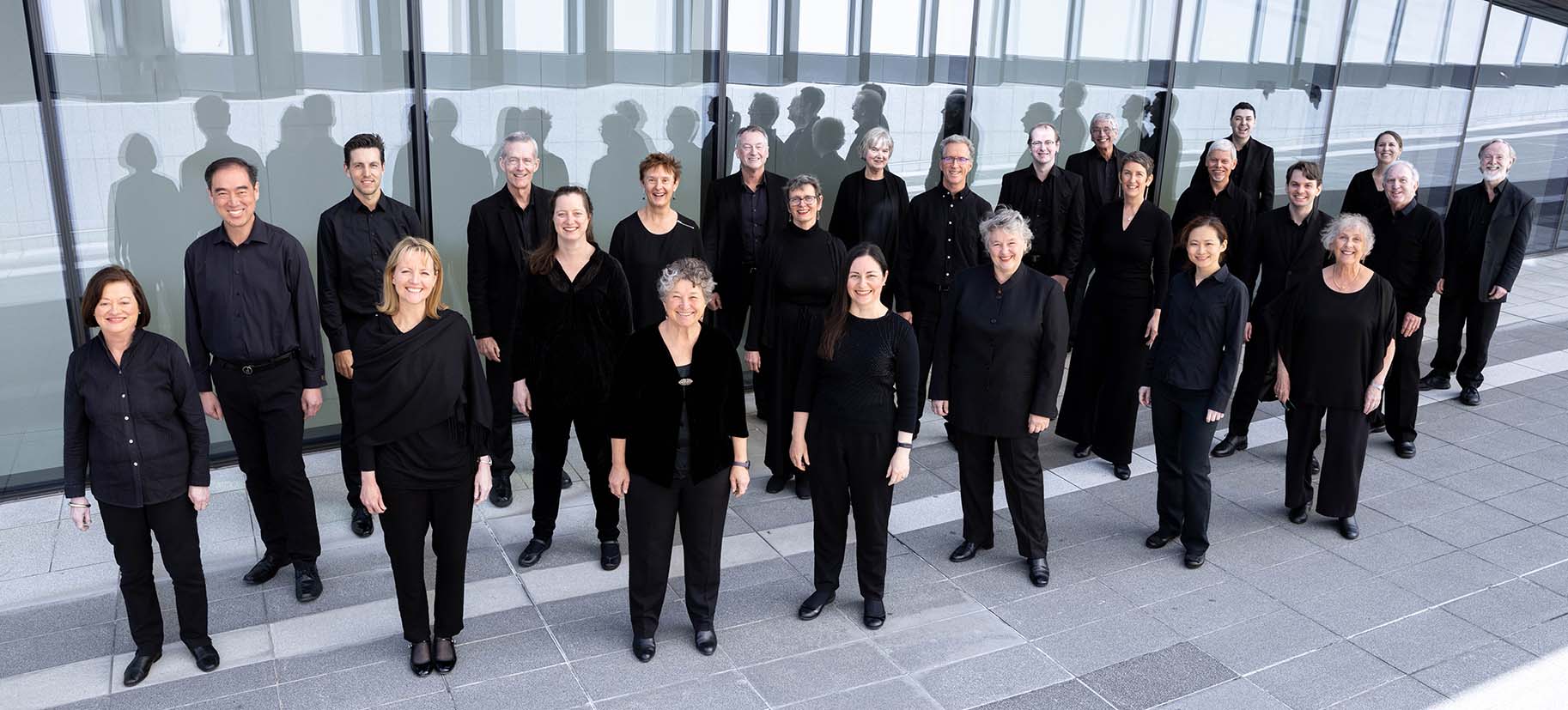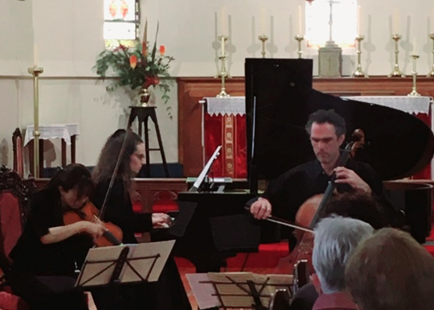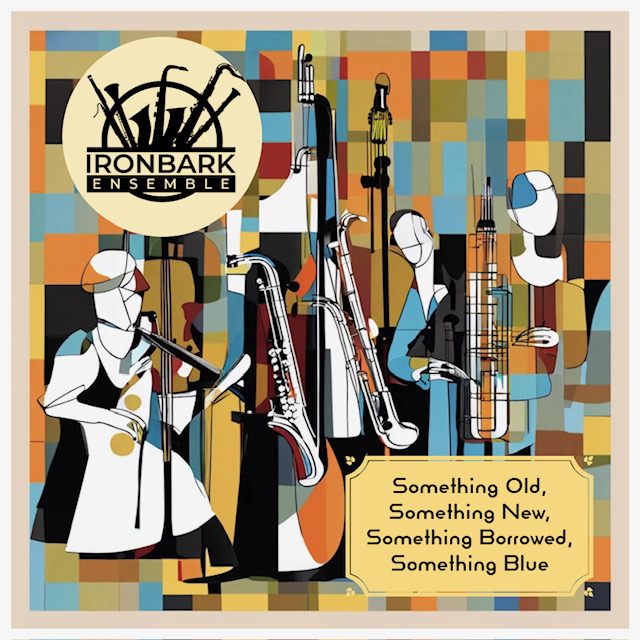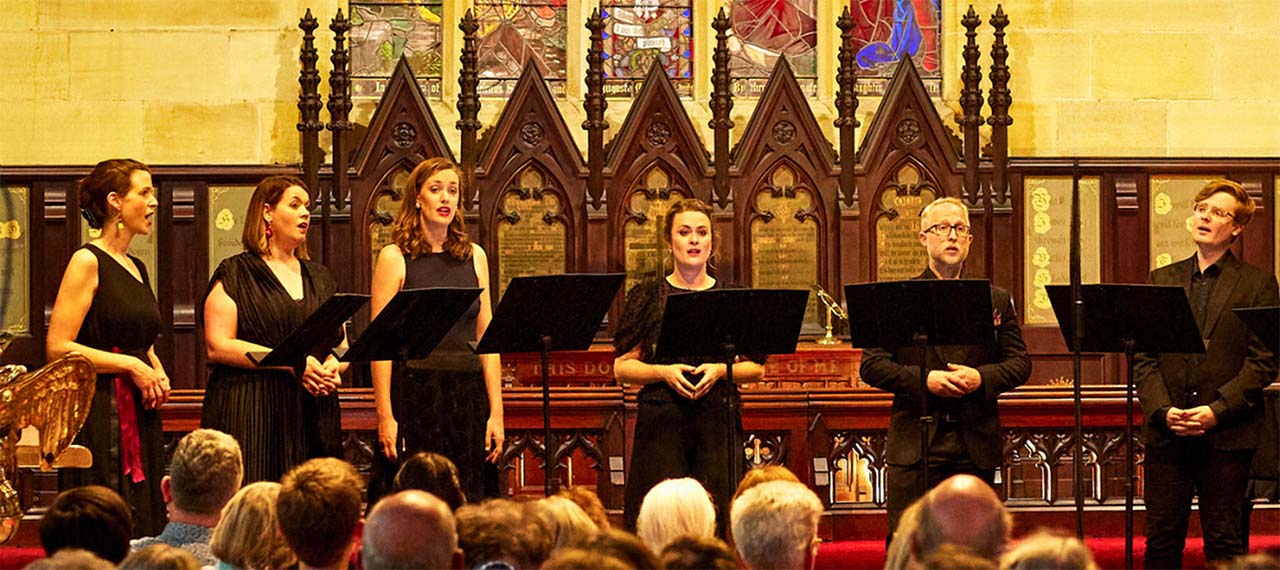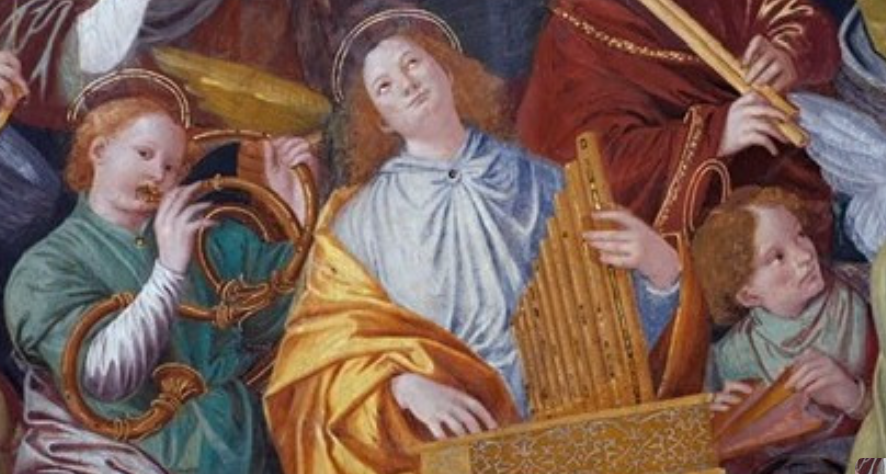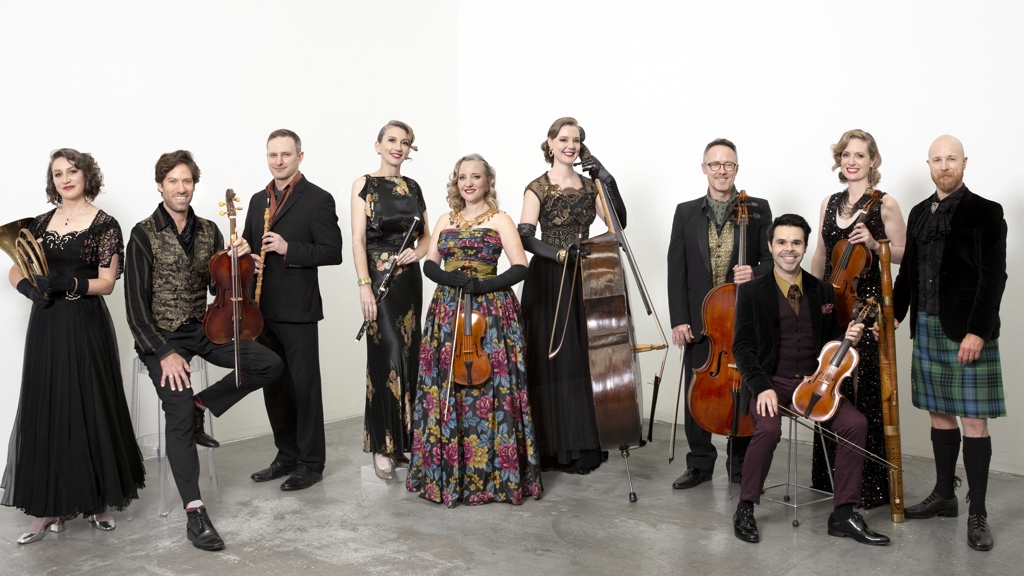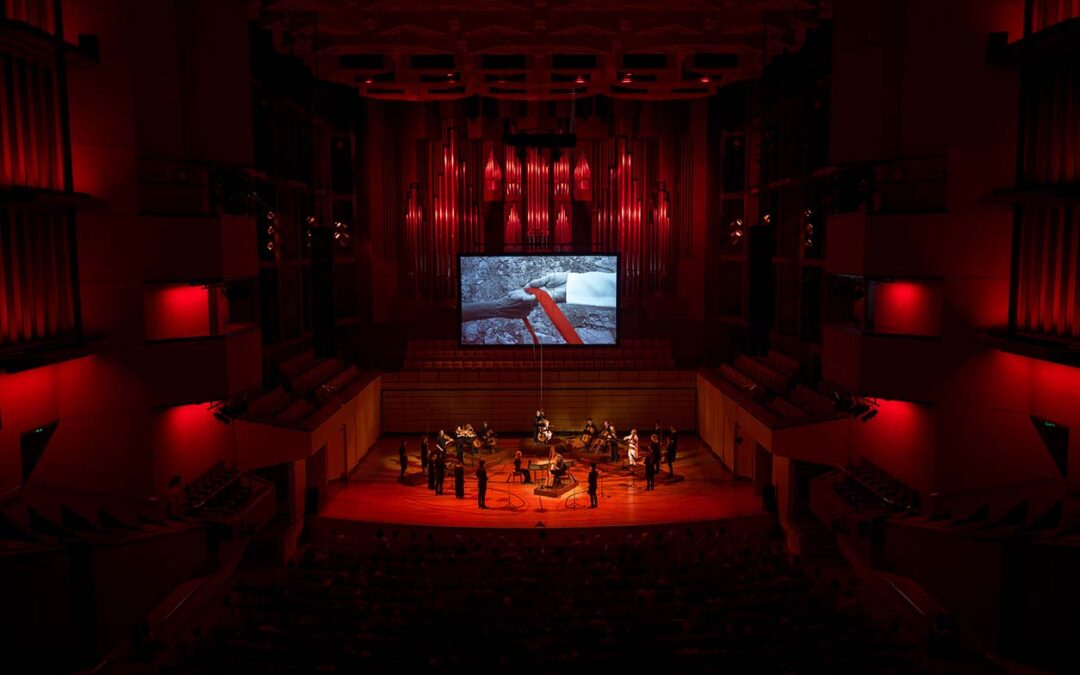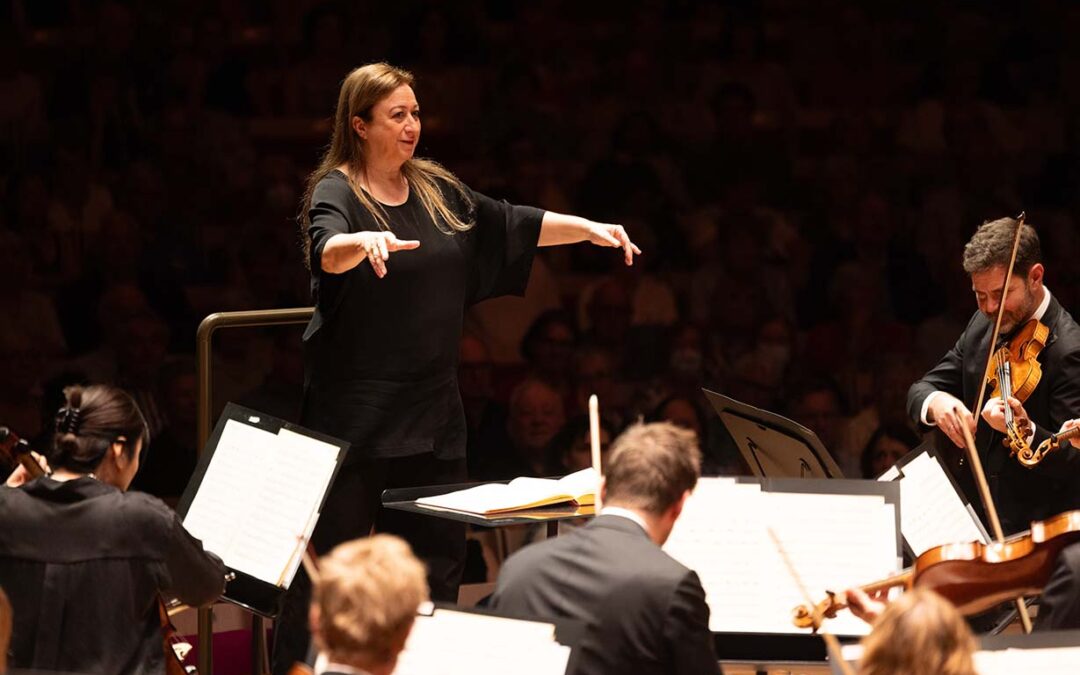Australian Miniseries
The Canberra Symphony Orchestra has had the bright idea of publishing a series of 15 vignettes featuring short works for solo instruments, specially composed by different contemporary Australian artists. The “Australian Miniseries” is co-curated by Professor Matthew Hindson AM and incoming Artistic Advisor Jessica Cottis.

I first listened to “Herr Beethoven’s Audiologist” by Vincent Plush. As he explains on the introduction to Jessica Cottis, one of the two curators, he is inspired by the bassoon soloist Kristen Sutcliffe who is also an audiologist. The piece imitates the pinging that you hear at random intervals when having a hearing test while being based on a theme from the “Emperor Concerto” with the obvious reference to Beethoven’s deafness. Staccato blips react with runs and cadences and the overall effect is jokey and great fun – difficult of course and beautifully handled by Kristen.
Matthew Hindson introduced “Gestumblindi”, written by Melody Eötvös for trumpeter Justin Lingard. As she explains, Gestumblindi appeased King Heidrek, by telling him riddles but was unmasked as Odin in disguise. The piece, as befits the instrument, consists of hunting type themes with runs and fanfares and makes for very easy listening.
Liza Lim continues the hunting theme with her piece “Dianna” written for Principal French Horn Dianna Gaetgens with the Roman goddess of the hunt in mind. I wonder if this is the first piece to feature the warbling of a magpie as accompaniment, played as it is in a meadow, which suits the rustic nature of the piece.
Ross Edwards introduces his “Little Waltz for Kirsten” zanily commenting that despite having written waltzes previously, this was the first of his compositions that maintained the same time signature throughout! Written for Concertmaster Kirsten Williams, it might not change meter but I defy anyone to pick it as a waltz. Very lyrical but does not feature any of Ross’s signature sounds of the Australian bush.
Cyrus Meurant is well-known to Canberra music goers and they would not be surprised that his piece for violin is liturgical in nature. Titled “Or, maybe, yesterday” based on the novel “The Stranger” by existentialist author Albert Camus, it is a rapid work full of drama and beautifully played by Lucy Macourt.
No such series would be complete without hearing from Elena Kats-Chernin. Her piece “Distant Solo” is written for vibraphone, a percussion instrument similar to the xylophone. Typically, it is minimalist in nature with subtle changes in rhythm and texture and beautifully played by Principal Percussion Veronica Bailey.
Michael Sollis wrote his piece “The Hairyworm Hobble” for his wife (soloist) Kiri Sollis – he named it after the worm, which, when placed in a bag over the patient’s chest, was used as a nineteenth century cure for pertussis. Would it work for Covid I wonder! Played on the piccolo, the music is far from a hobble, very tuneful with rapid arpeggios immaculately performed.
I was most impressed by Luke Styles’ work “Trussed”. He named it after the captive state of the heavy strings of the Double Bass, often dubbed the “Ugly Duckling” of the orchestra. The work is a revelation with David Flynn emphasising the versatility of the instrument with alternating pizzicato and legato and frequent use of the lowest note of the orchestra. Exhilarating and definitely my favourite of a superb octet.
The CSO should be congratulated for its initiative in producing this online offering as an oasis in the desert of Covid.
Tony Burke
Post script: Another 7 vignettes will make up the final Australian Miniseries – since Tony’s review works by Ella Macens and Chloe Sinclair have been added.

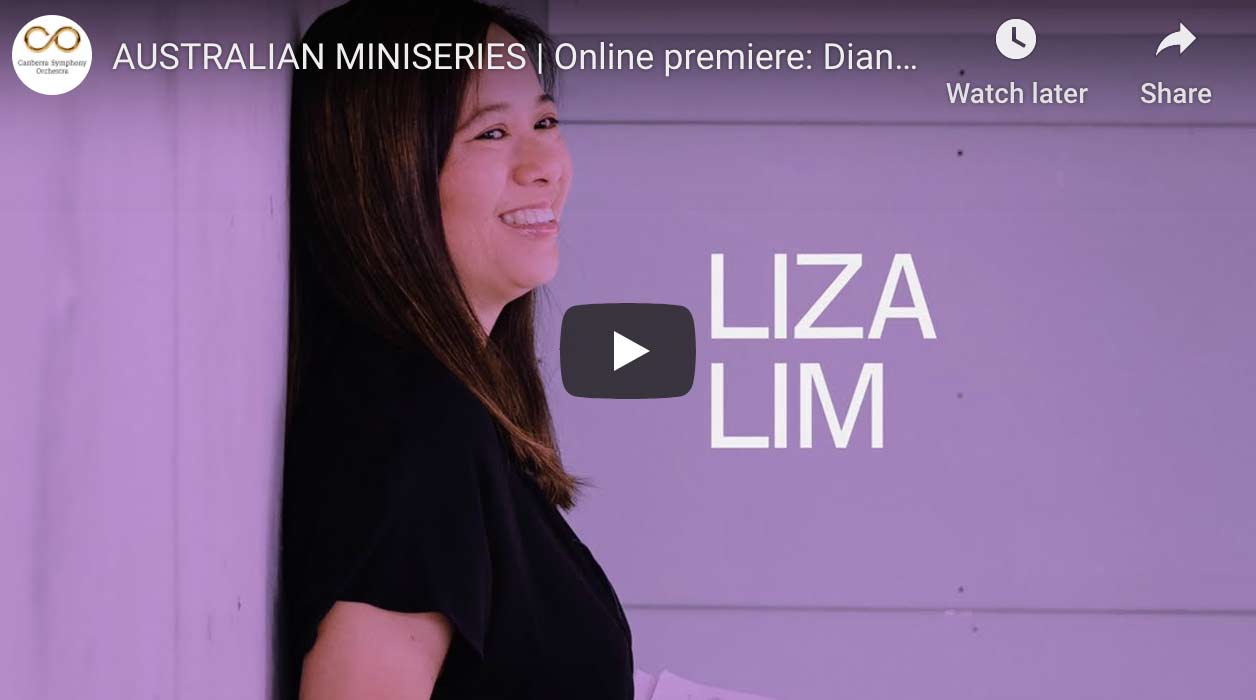
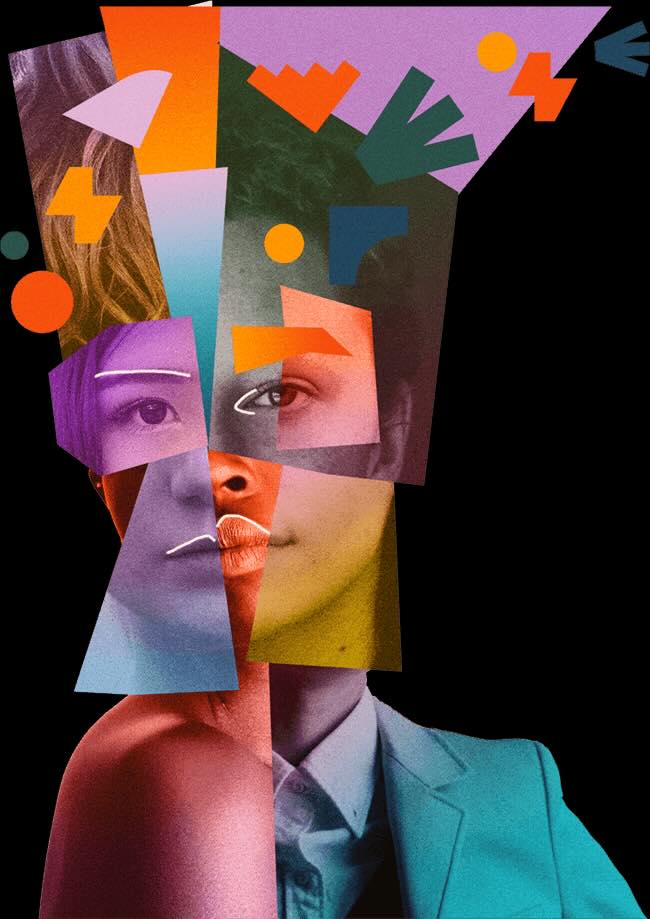


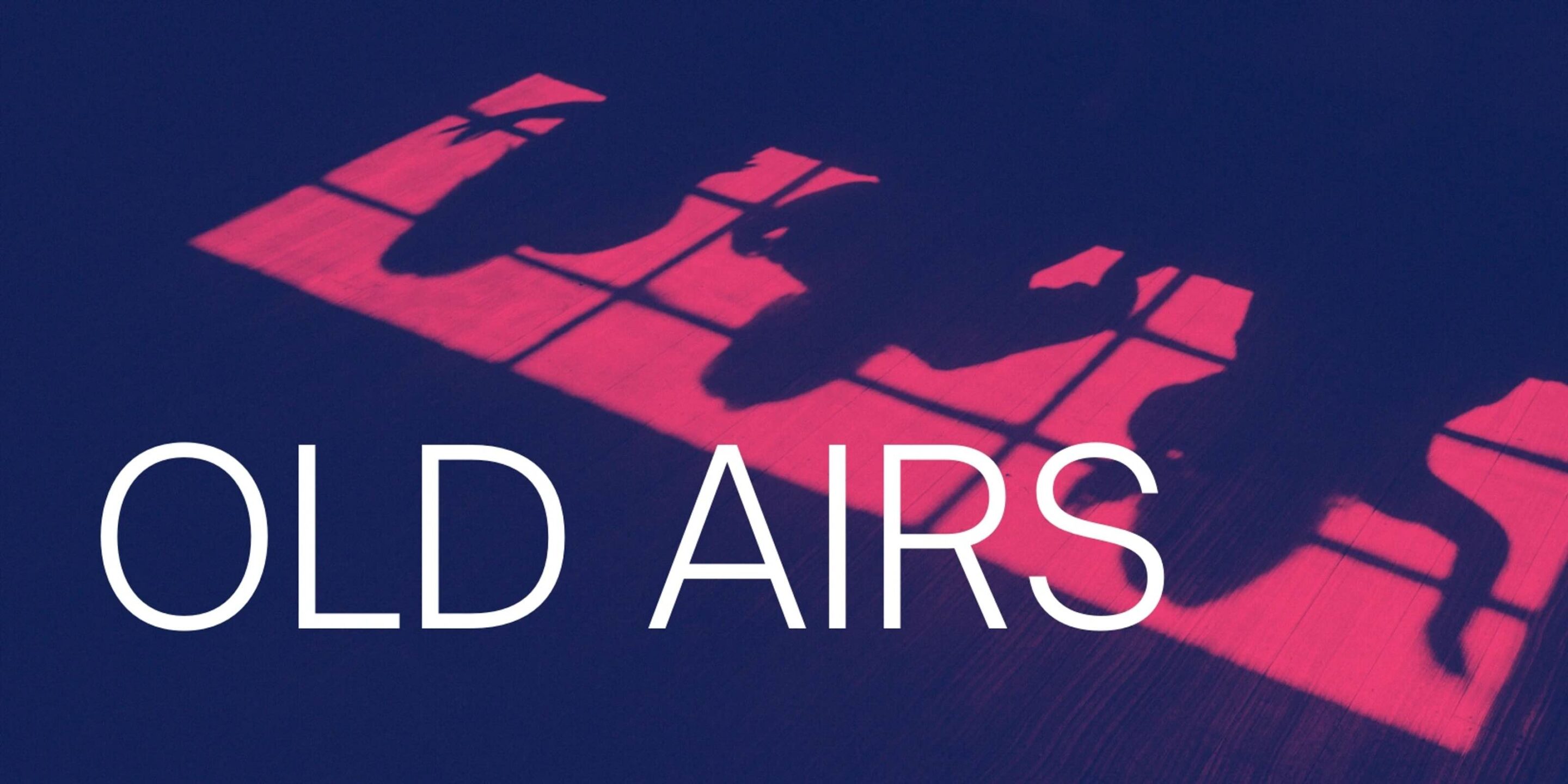
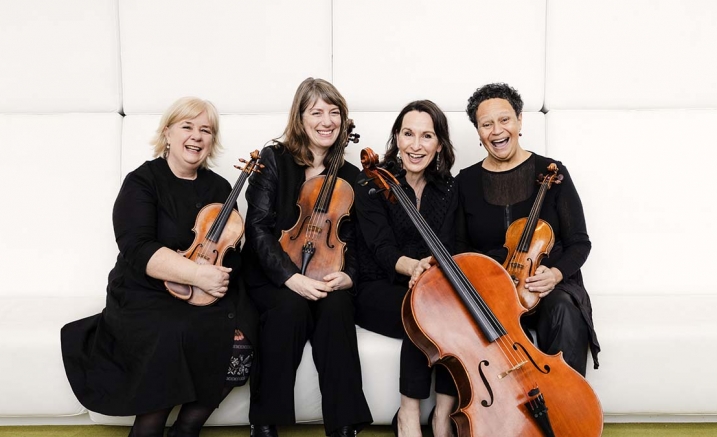


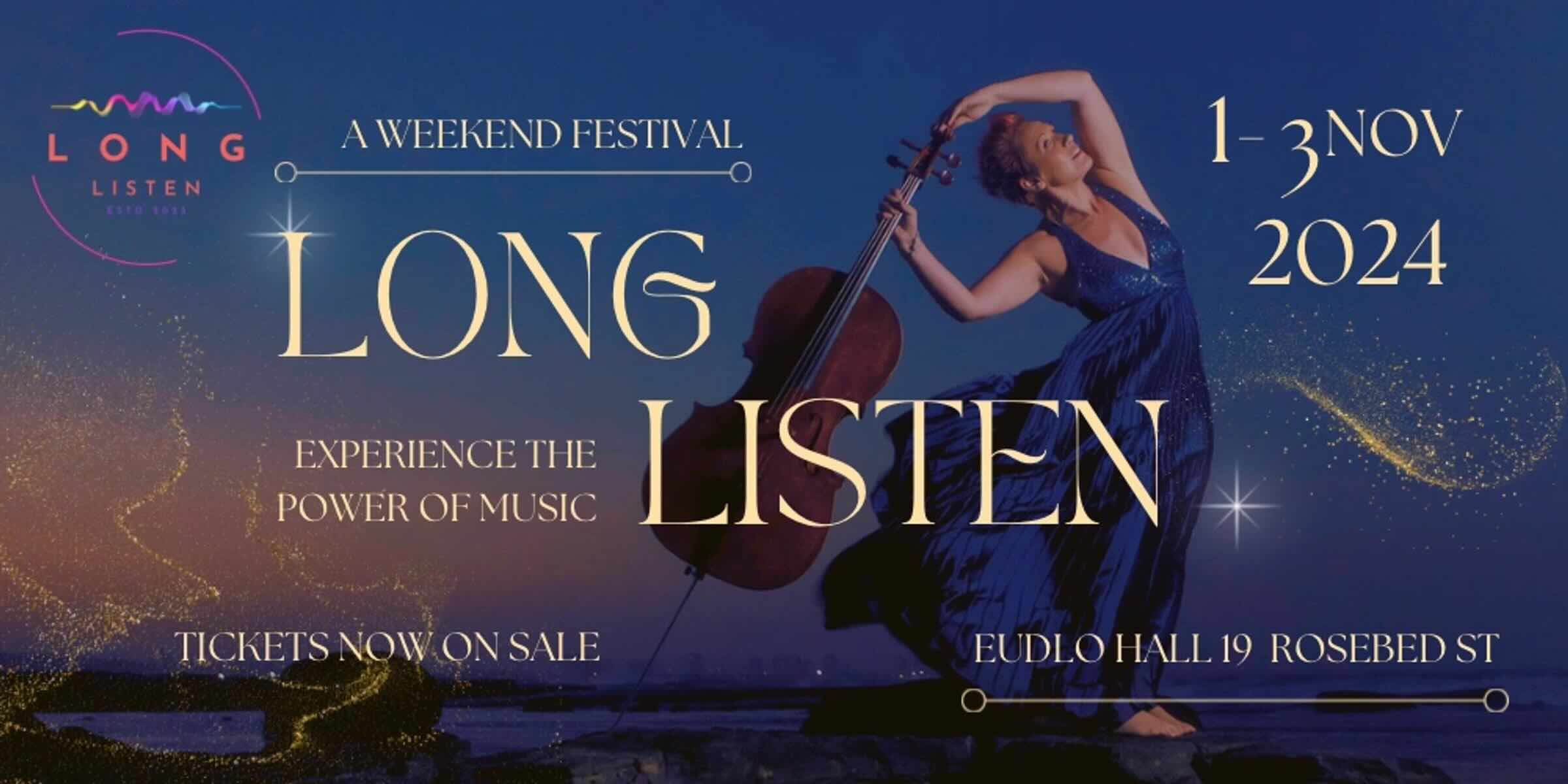
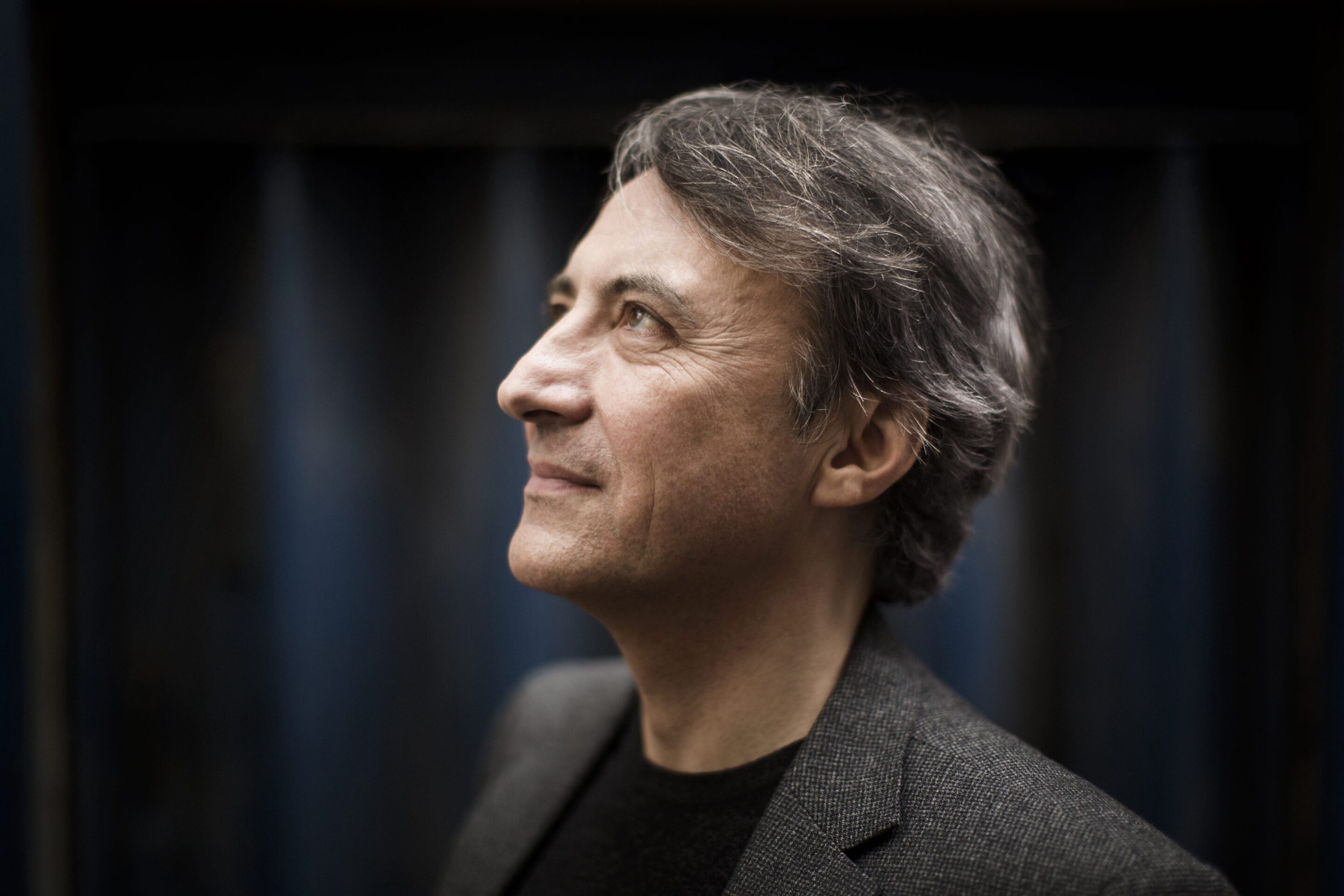

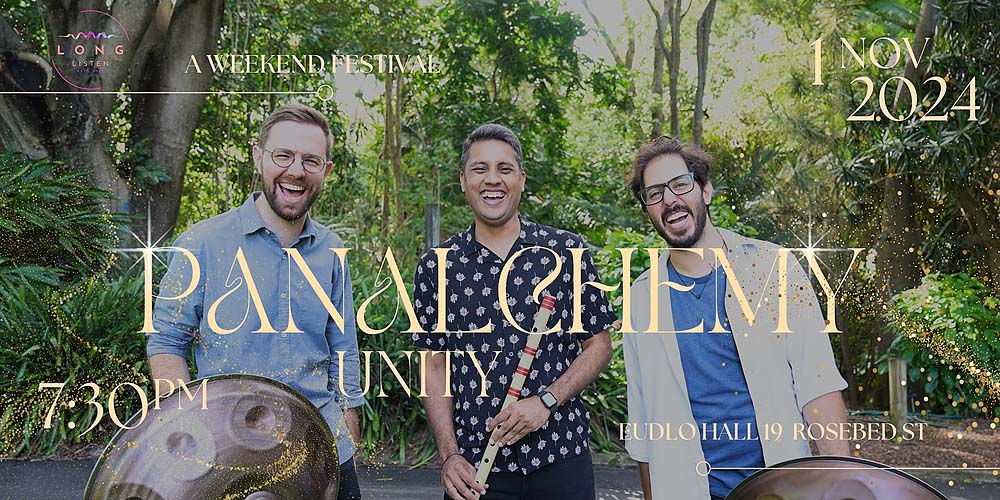

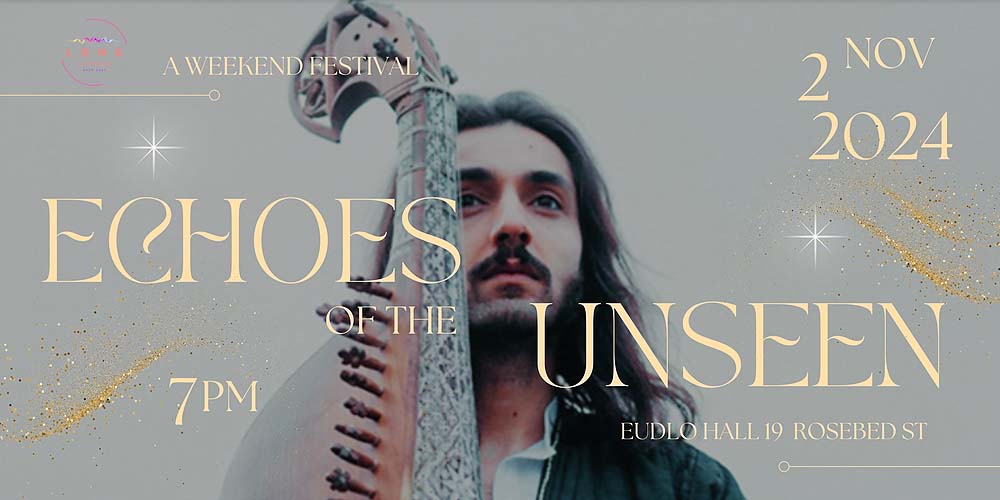
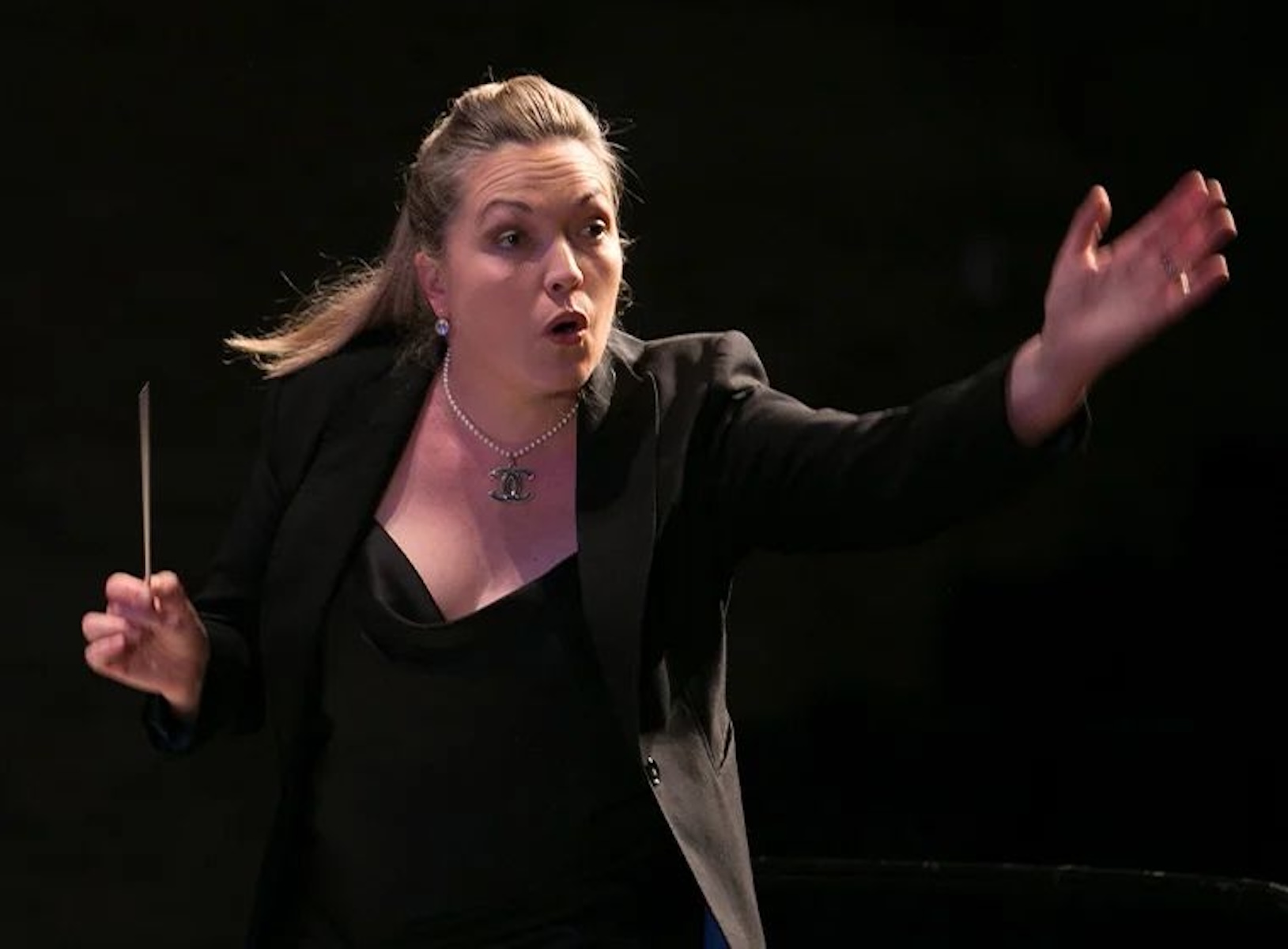
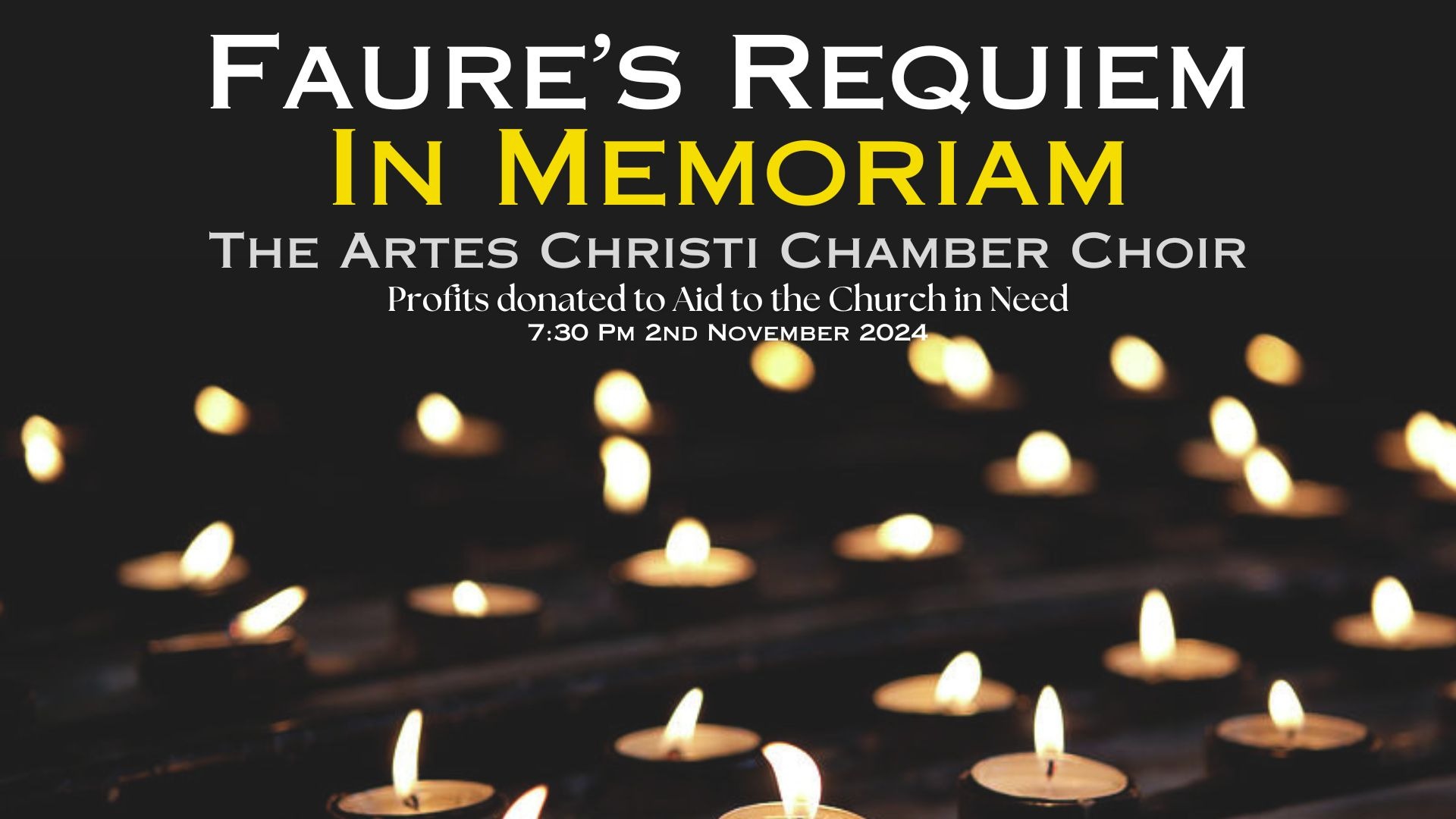
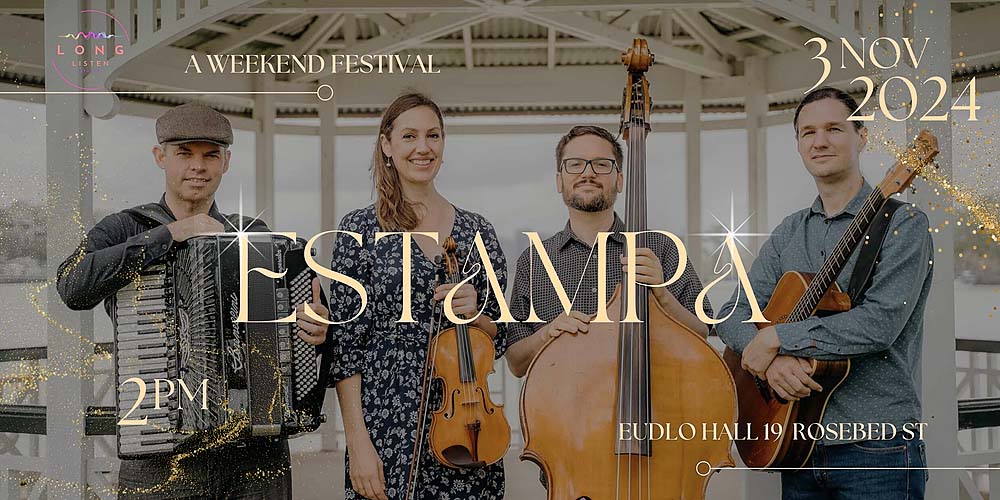

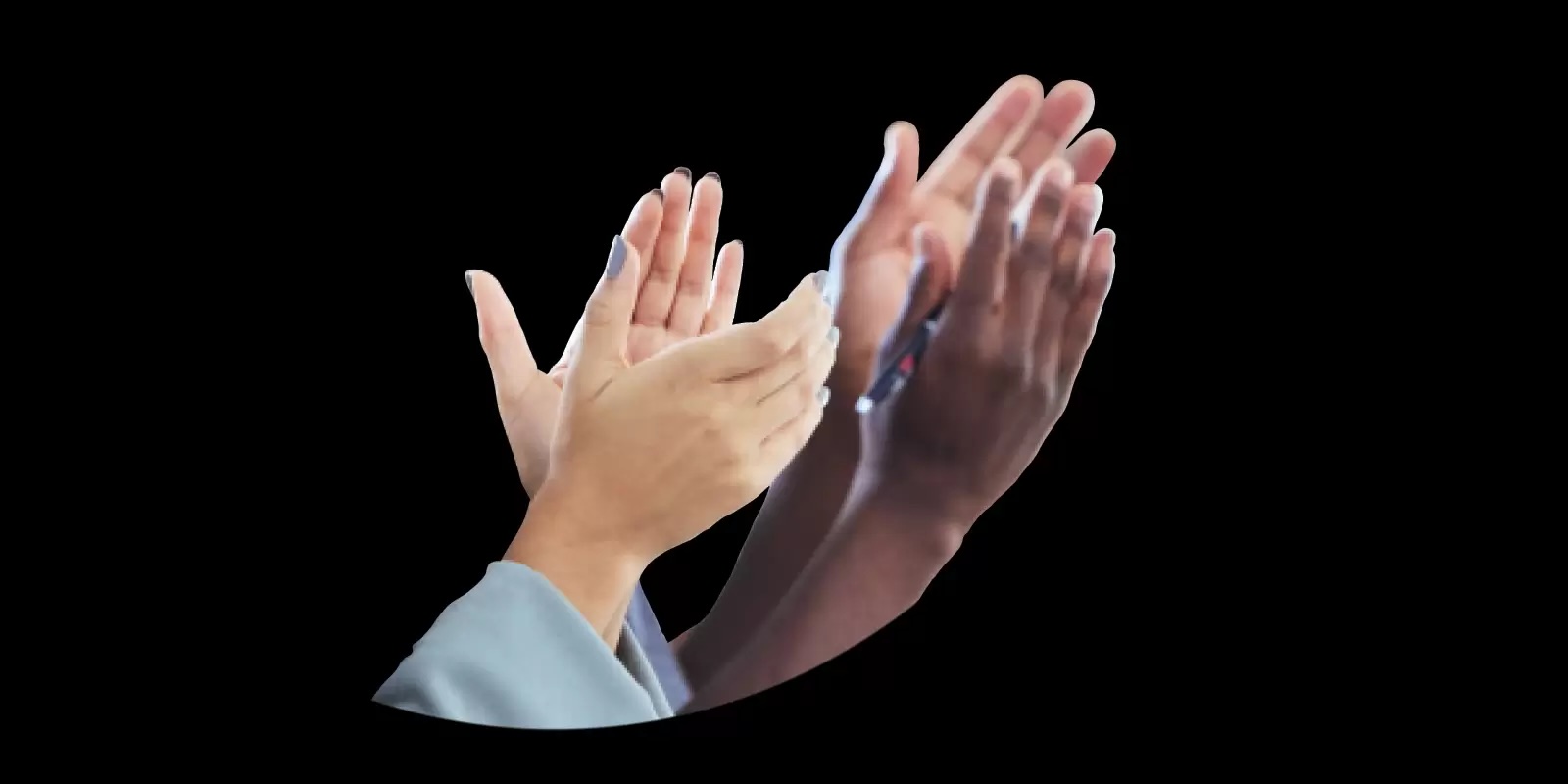



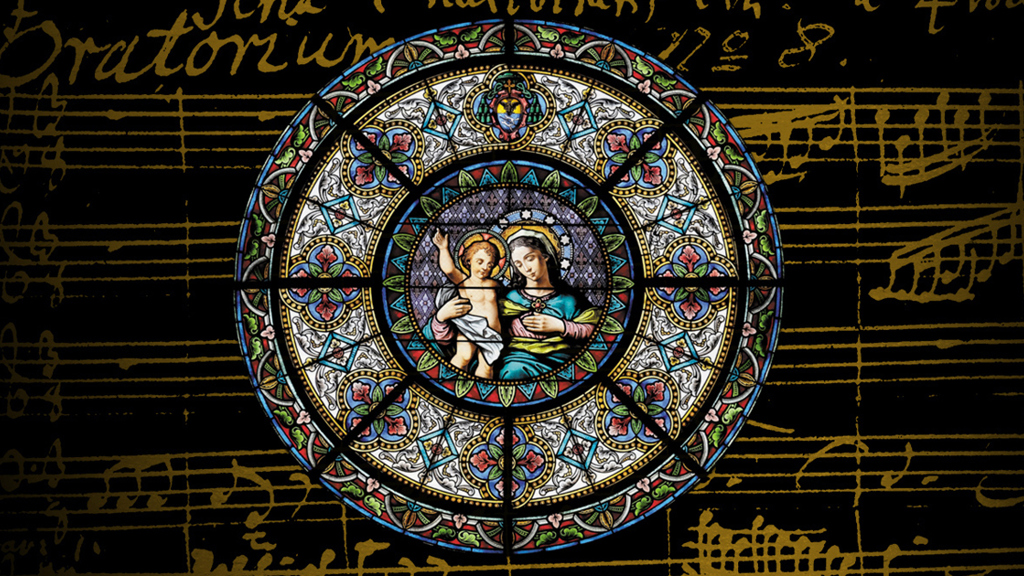
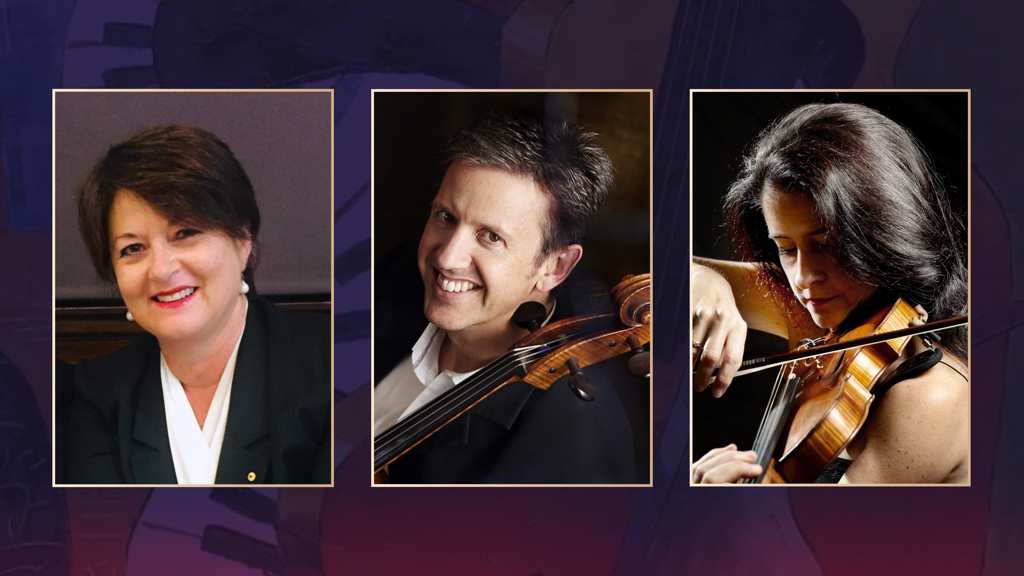

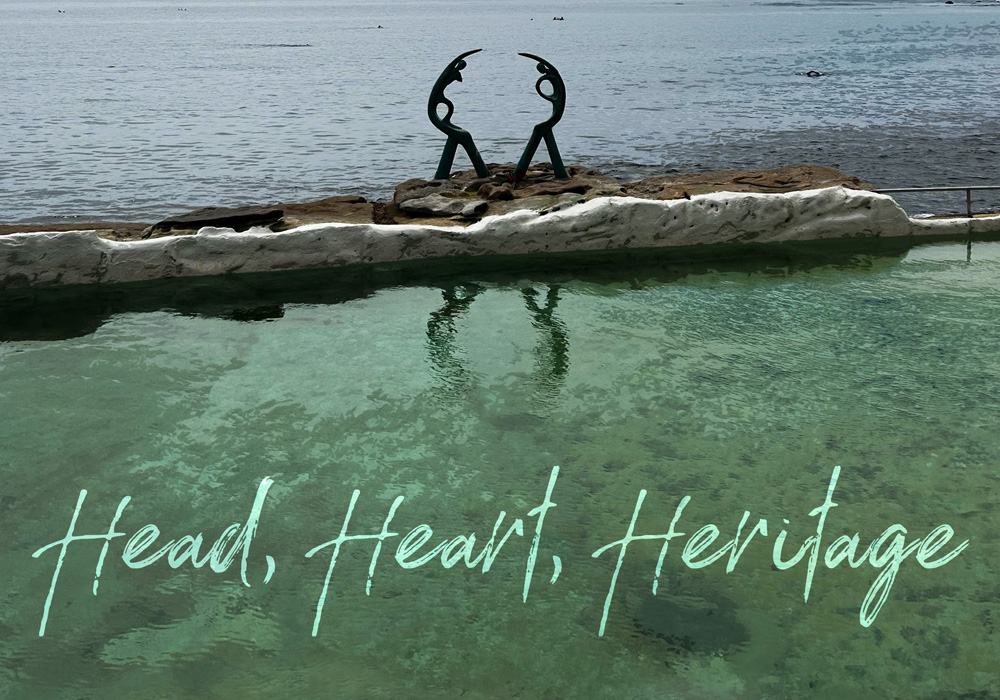
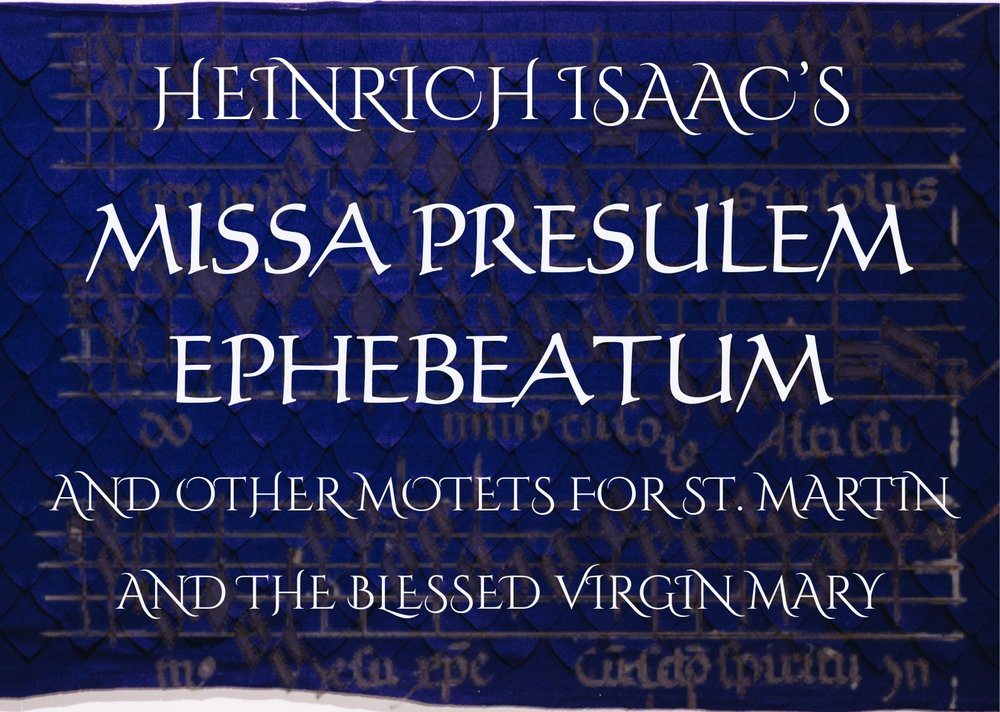

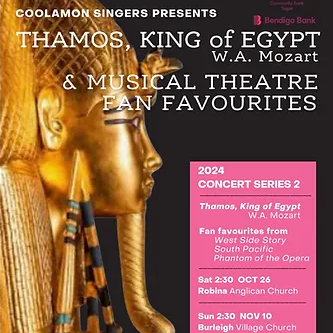
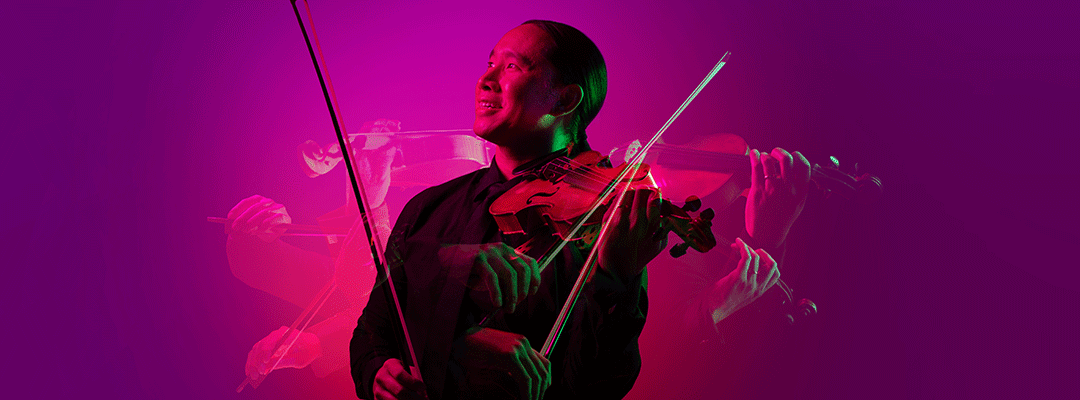


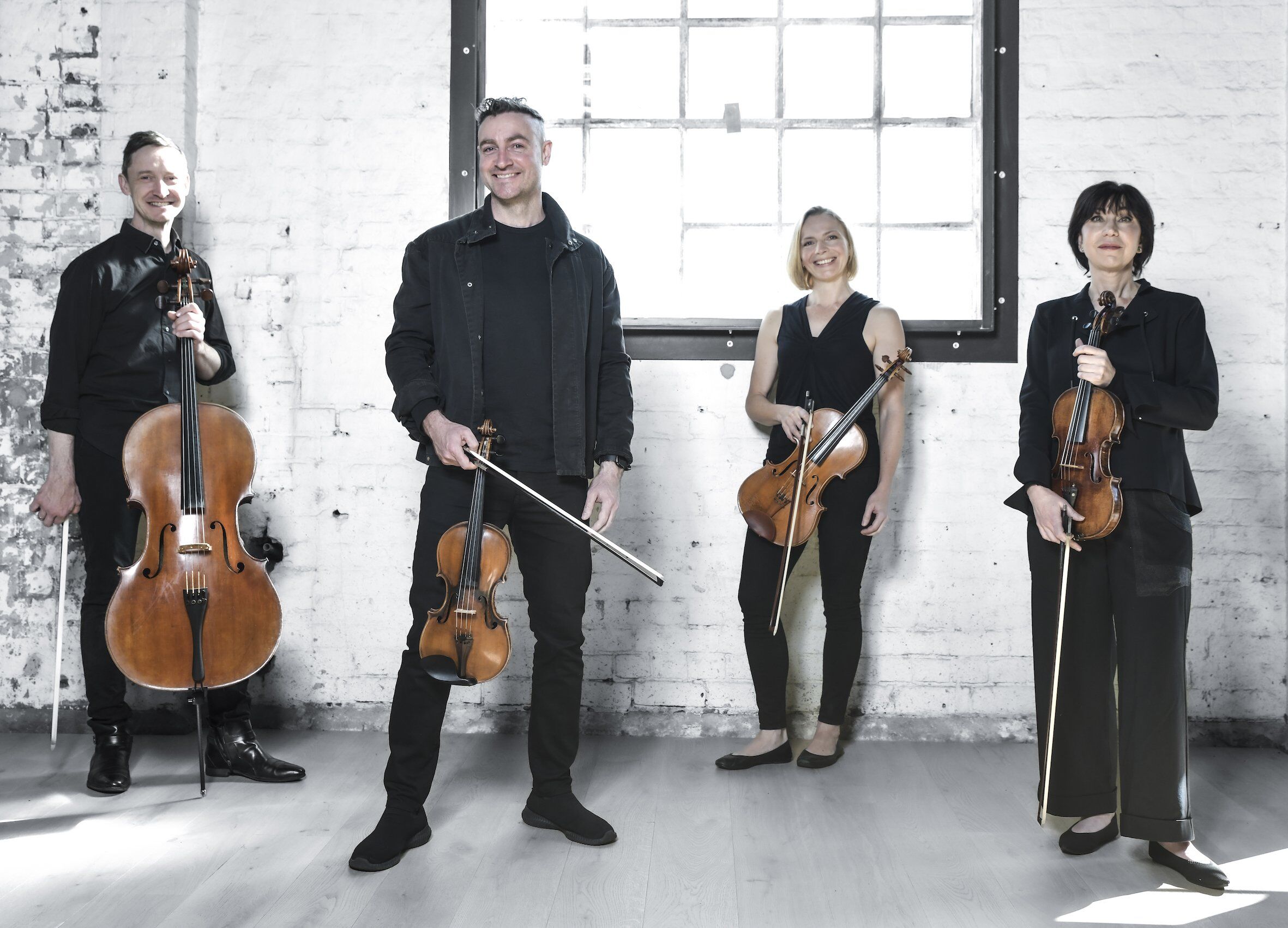

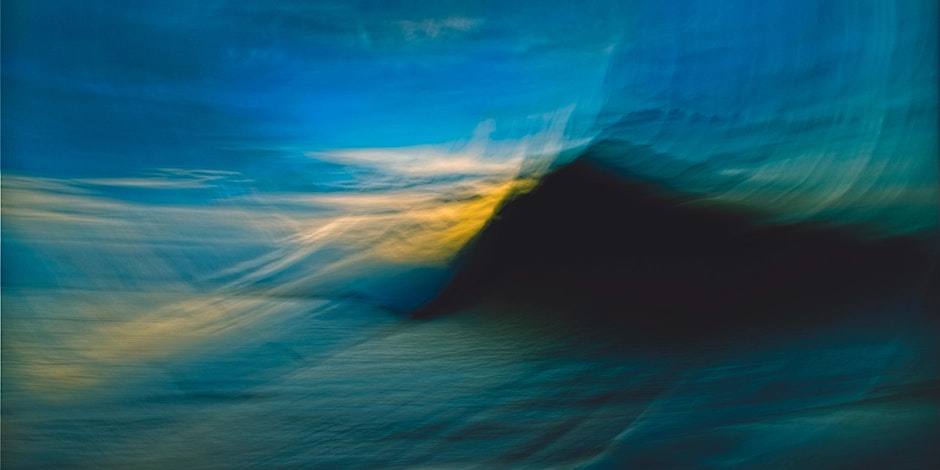

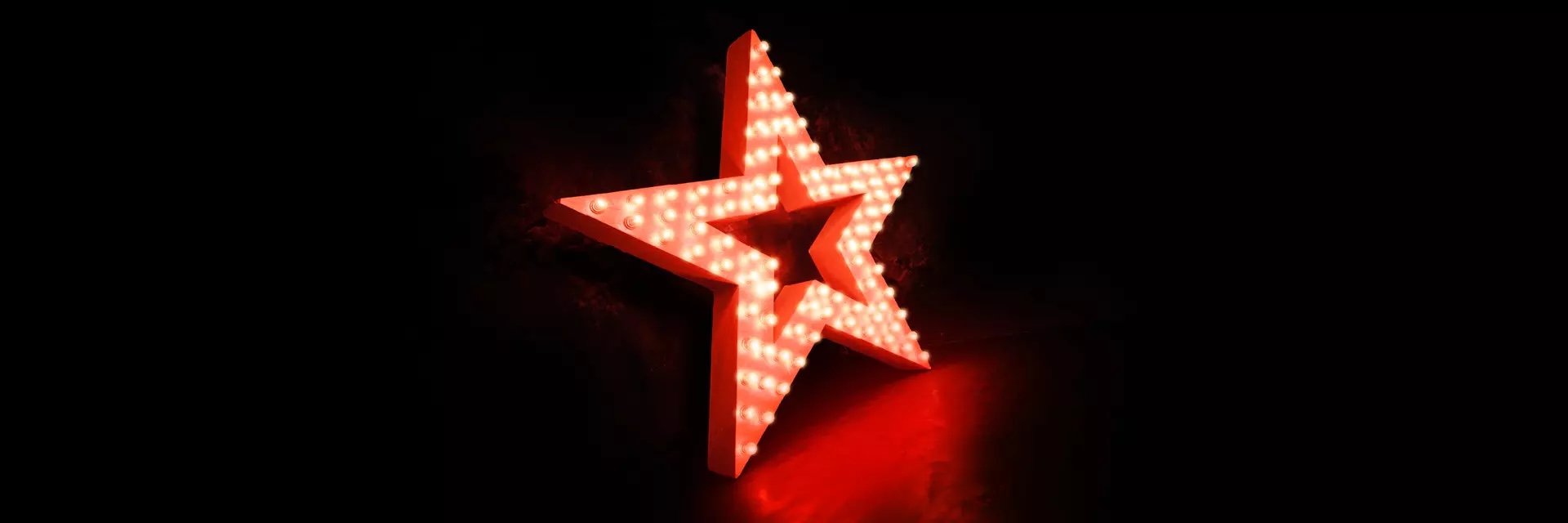

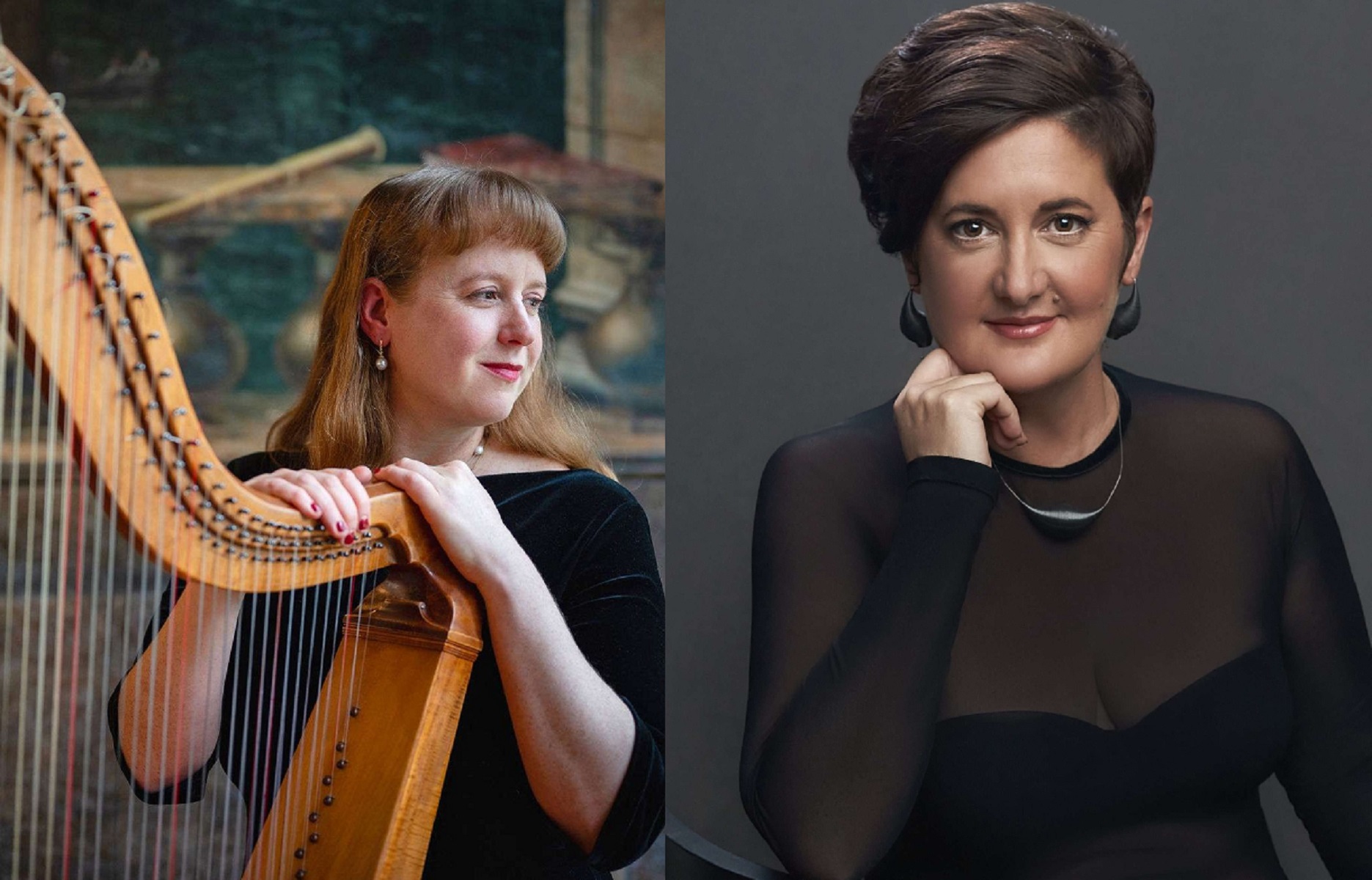
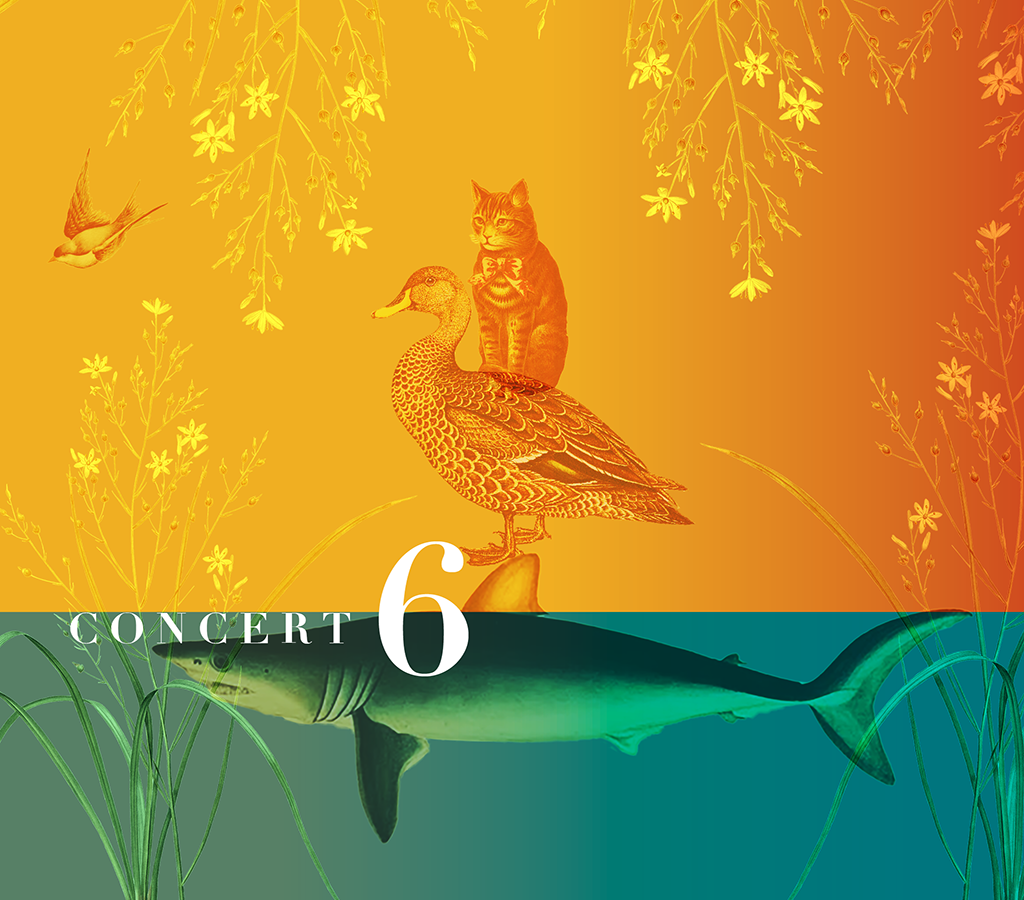

![user222 mrc mostlymozart [splendour of vienna] user222 mrc mostlymozart [splendour of vienna]](https://cdn-classikon.b-cdn.net/wp-content/uploads/2024/02/user222-mrc_mostlymozart_splendour_of_vienna.png)
